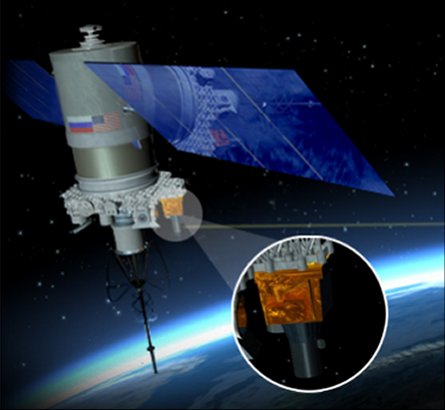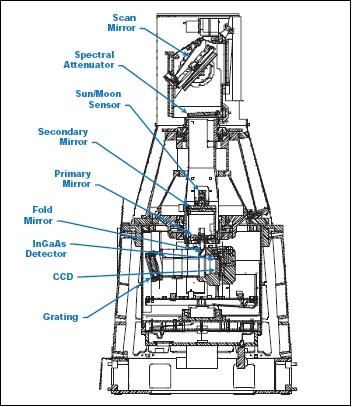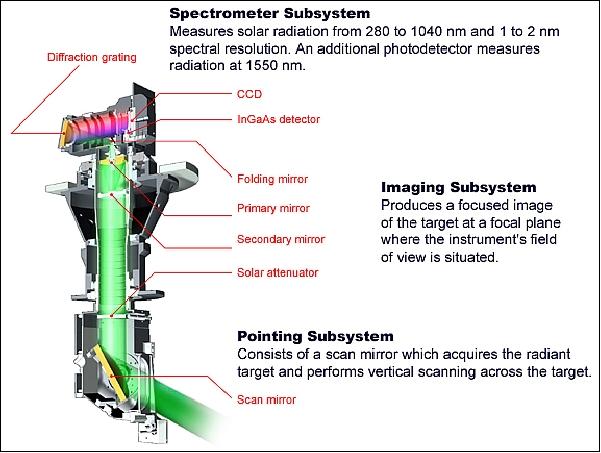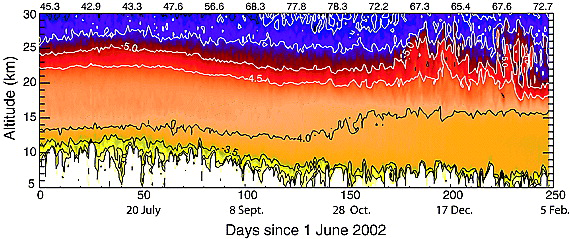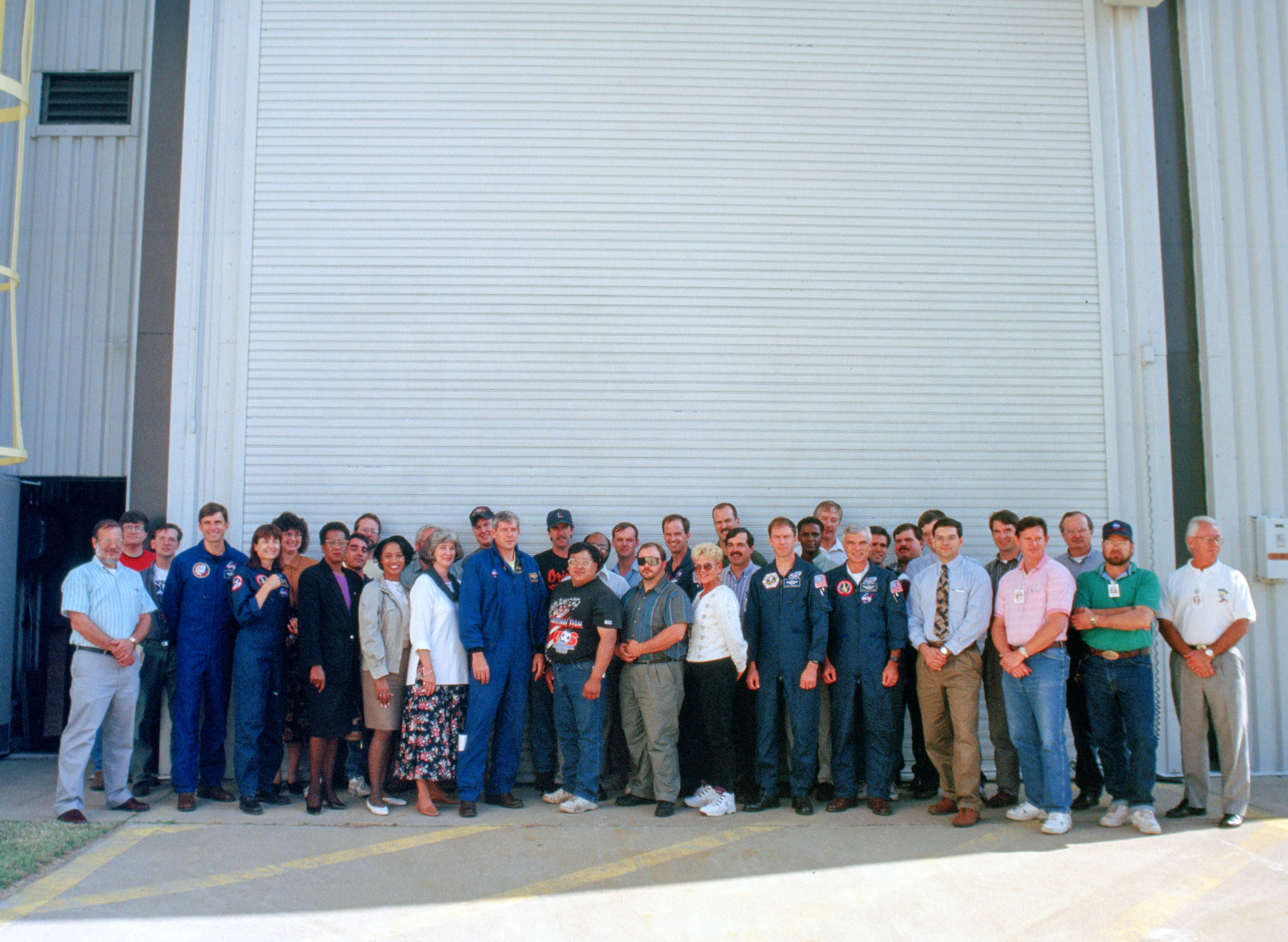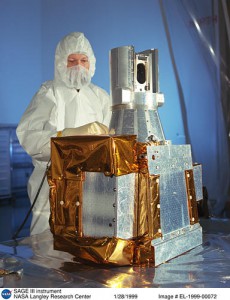SAGE III on Метеор-3М (SAGE III/M3M) was a third generation, satellite-borne instrument and a crucial element in NASA’s Earth Observing System (EOS). The instrument was launched on the Russian Метеор-3М spacecraft in December 2001.
The SAGE III mission enhanced our understanding of natural and human-derived atmospheric processes by providing accurate measurements of the vertical structure of aerosols, ozone, water vapor, and other important trace gasses in the upper troposphere and stratosphere. Human-derived changes in climate and ozone threaten the health of our planet. They also threaten global economic development and the use of new technologies like high-speed aircraft. By understanding the effect of human activities on the atmosphere, national and international leaders can make informed policy that mitigates or prepares for future climate change.


